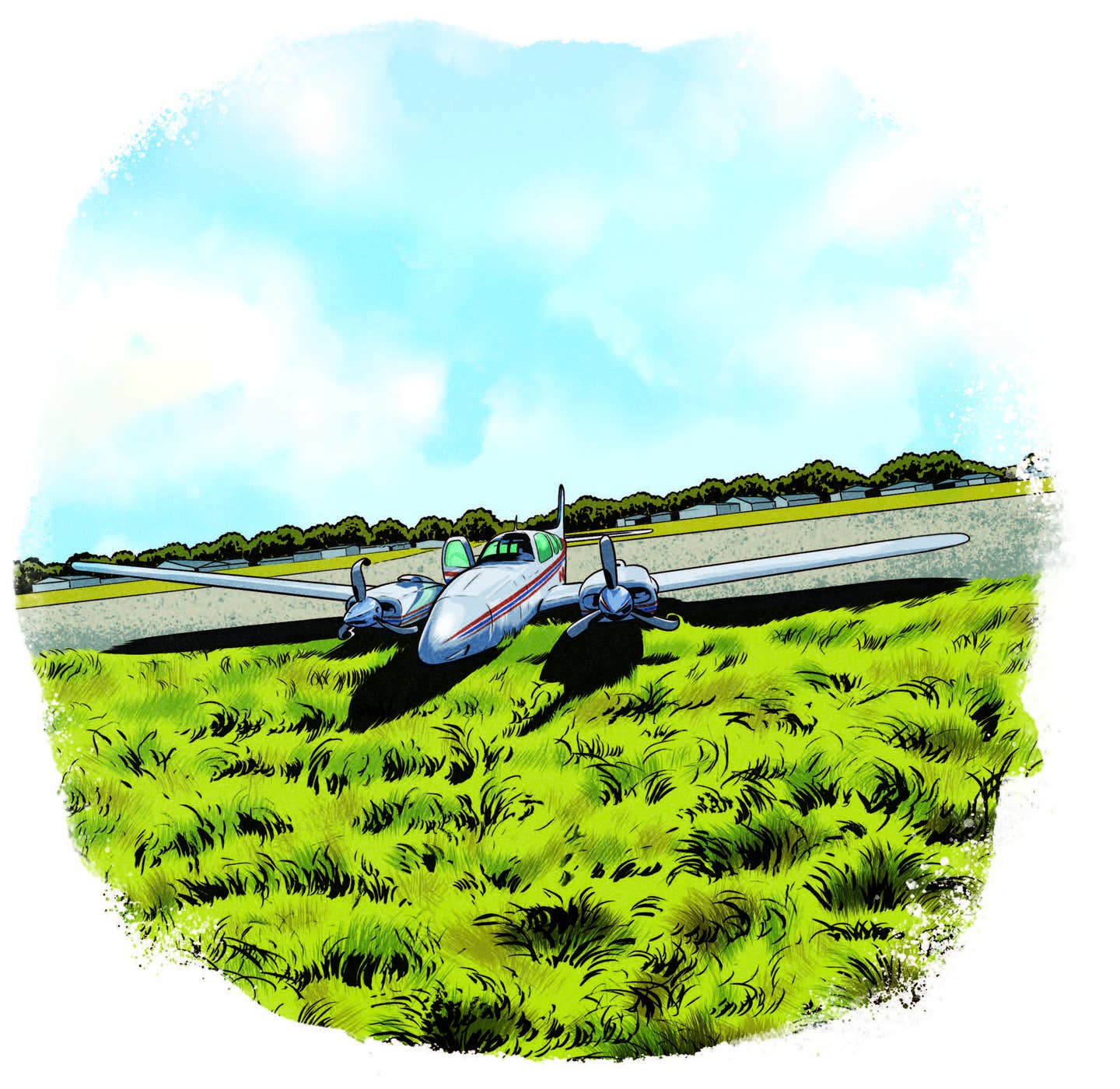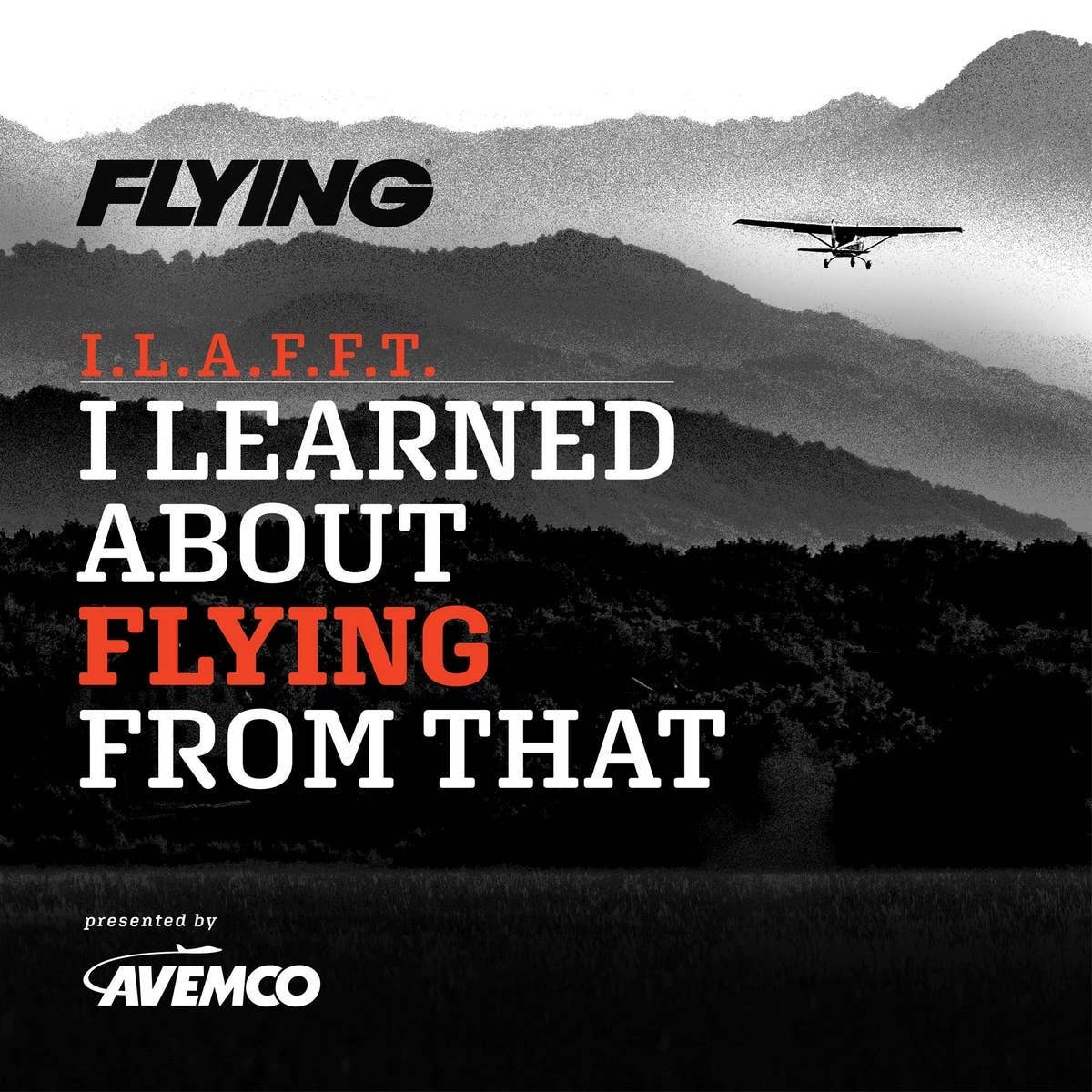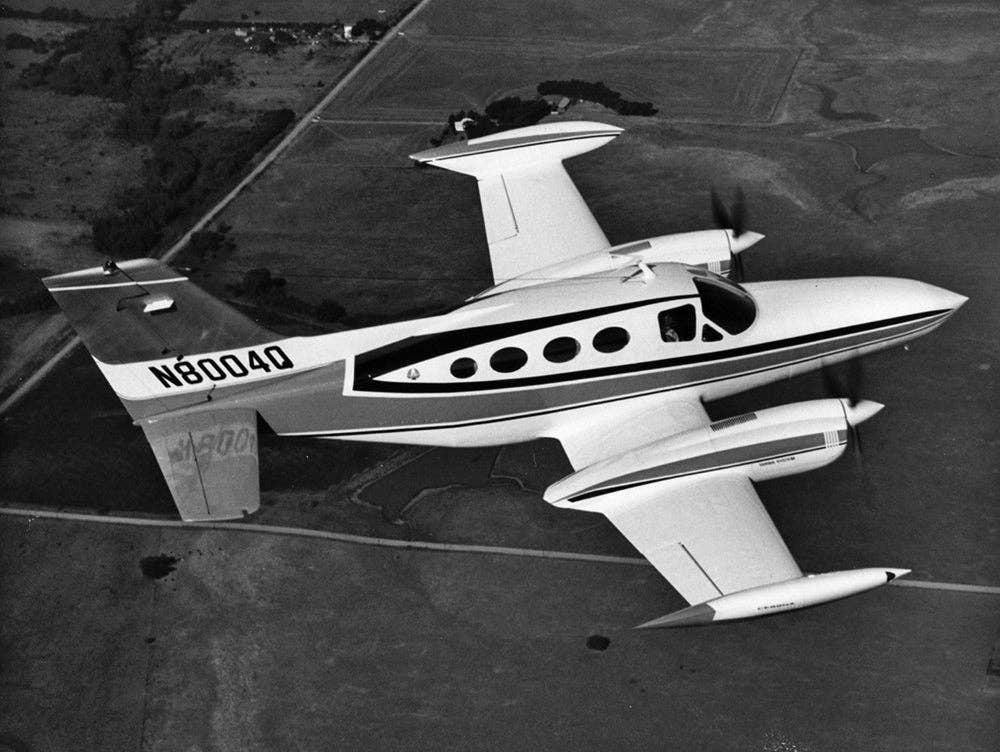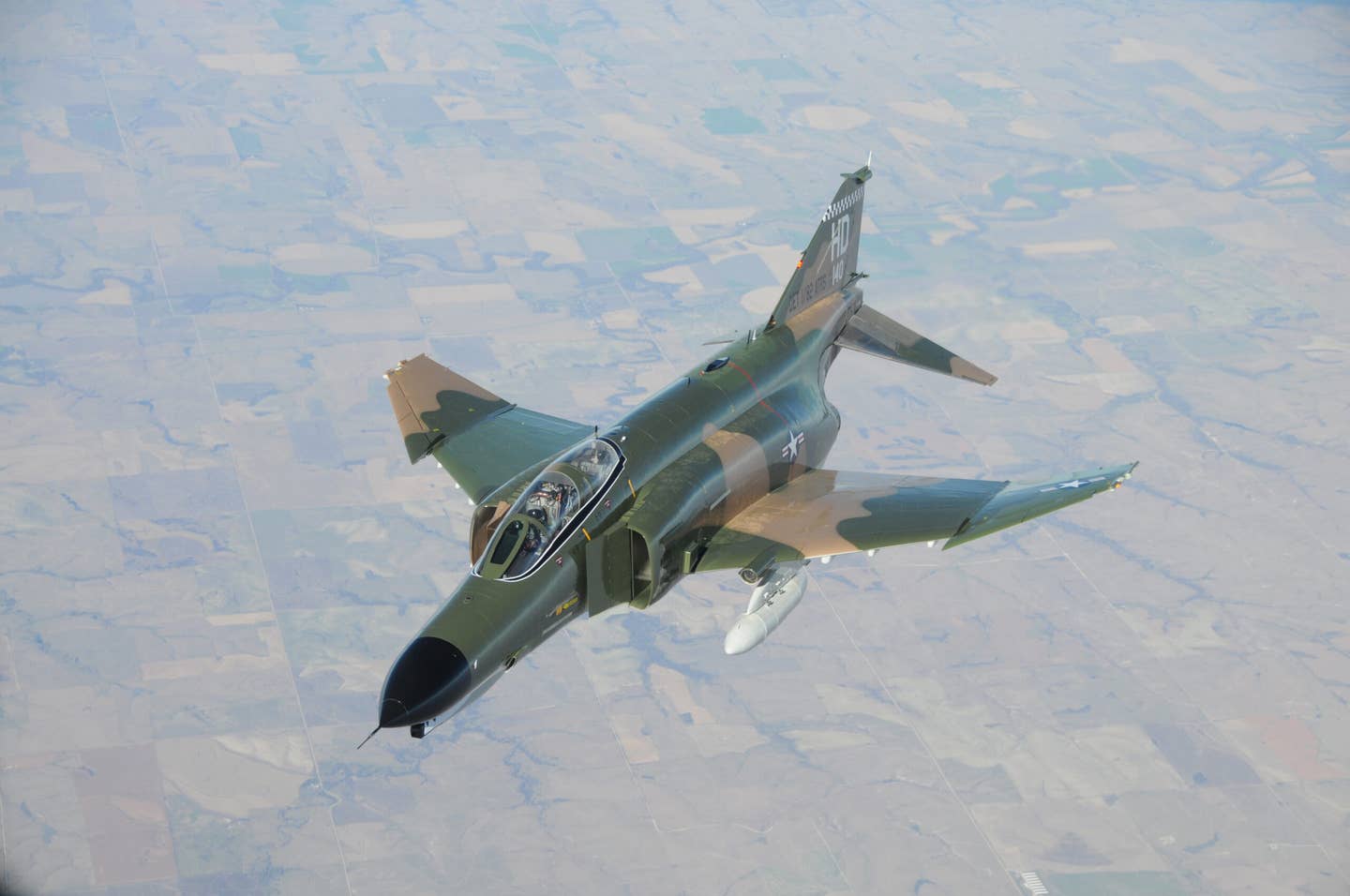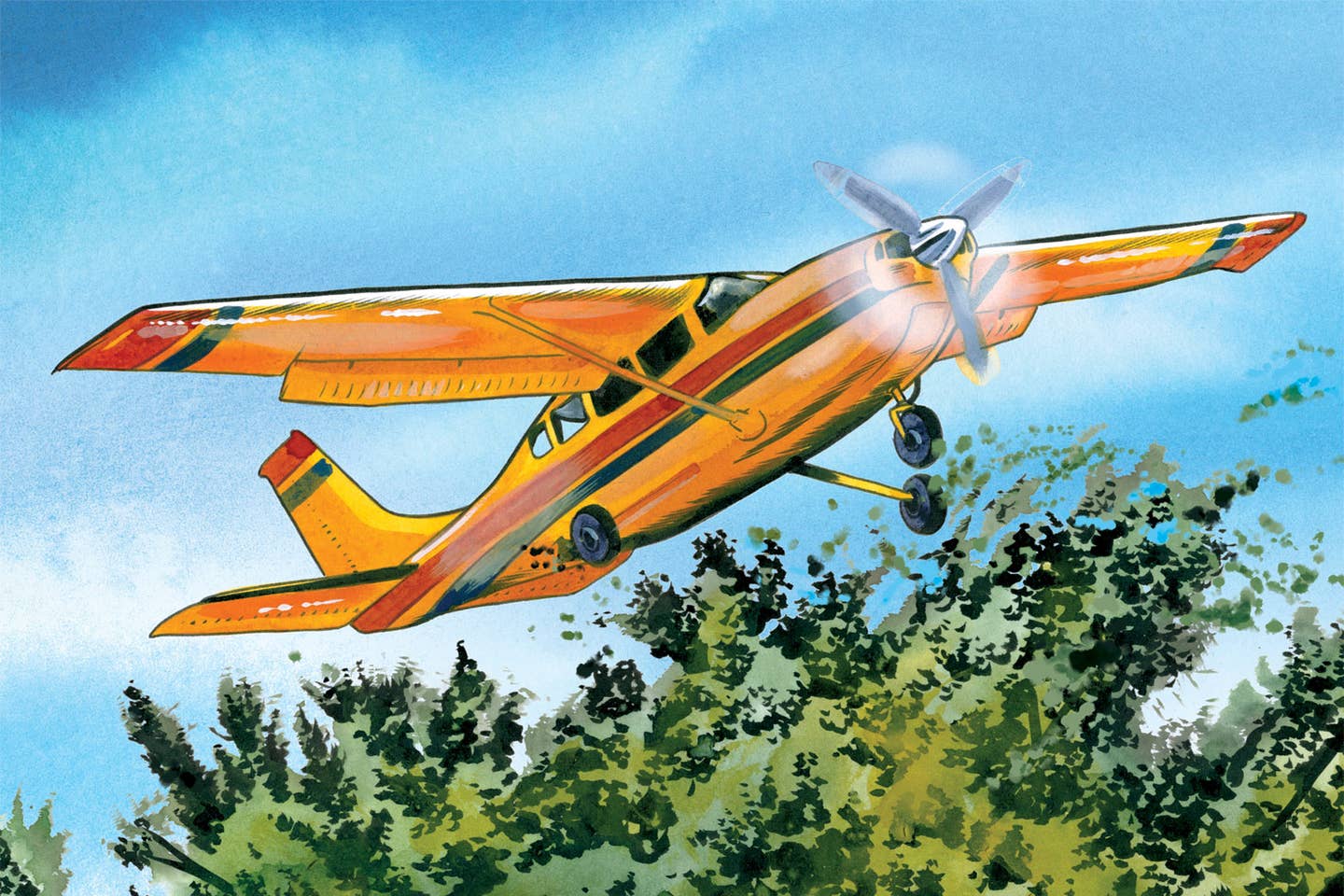
“Was that as close as it looked?” he asked. “I thought the wheels were going to start turning in the treetops.” Joel Kimmel
It was my first flying job—the one you dreamed about having all your life. The one for which you strove, saved and worked so hard, and it was finally real. I had to leave my native New Zealand and move to the Australian Outback to get it, but that just made it all the more exciting, away from the familiar and out into the vastness of that huge sunburned country.
I was based on Elcho Island, off the north coast of Arnhem Land, about 200 miles to the east of Darwin. To say it is remote is an understatement. No roads, no shops, one radio station and one TV channel. At least we had a paved runway. Most of the airstrips I would be flying to were red dirt, which meant, in the wet season, red mud.
We had a ragtag fleet of Cessnas, mostly 206s, 207s and 402s—all old and high-time but well-maintained. These were working bush airplanes, carpets long gone and replaced by painted plywood floors and high-density vinyl seats. It was worth getting out of bed early because the last person in had to fly the 207 for the day—and on short-strip work in the tropics, this was to be avoided. It was not so affectionately known as the “Lead Sled” or “Ground Gripper.” Ours had started life ferrying coffins around with an undertaker in Arkansas.
The first year passed without incident. I was, as the chief pilot put it, “greener than pea-and-frog pie,” and I knew it. I was cautious and careful.
The closest strip to home was Marparu, 16 miles away on the mainland. We went there almost daily, supplying the aboriginal community with pretty much everything. Food, doctors’ visits, teachers in and out, and medevac. If it could fit in the Cessna, we flew it.
A fellow Kiwi, Ian, was building a new schoolhouse there. It was a large job for one man, but he worked tirelessly, and slowly over the months, the school took shape. I flew food and supplies into him every few days, and every two weeks, I flew him out so he could catch up with his wife who lived in the local mining town an hour or so to the east.
Check out our new content: I.L.A.F.F.T. Podcast
At last, the school was completed, and Ian asked me to do a couple of flights to get his tools and leftover building supplies. One of the things he needed to get was a set of plank stands about 10 feet long, so it was going to be a job for the 207.
The runway at Marparu is about 2,800 feet long, literally cut out of 50-foot-tall trees. There’s a clearing at each end, another 1,000 feet or so of felled-but-not-cleared trees. The surrounding terrain is dead flat. To prepare for the trip, I removed all the seats except for the one behind the pilot’s seat, so we could have as much cargo space as possible.
The day was typical for the wet season: high humidity, low QNH (airport pressure setting), high temperature at around 95 degrees Fahrenheit, and not a breath of wind. I was sweating just thinking about loading the airplane. Upon landing, I was confronted with a mountain of gear next to the strip. There were tins of paint, lengths of wood, jerrycans of diesel, a concrete mixer complete with single-cylinder diesel engine, nails, three large truck batteries, and all manner of other things dear to a builder’s heart.
I did some calculations and figured we could lift about 1,000 pounds. I only had some bathroom scales to weigh all his stuff, so a fair bit of guesstimating went on. A lot of the stuff was “dangerous goods” and shouldn’t have been put on at all, but with some serious complete-the-mission focus and wanting to please my friend, a lot of warning signs were ignored.
The 207 looked a little saggy on its undercarriage, but the strip was long, and I’d flown out of there many times at max weight, so I wasn’t overly concerned. I made sure to use every inch of the runway and swung the tail around over the clearing to get maximum length. About halfway down, there was a painted-white fuel drum. I figured that if I didn’t have two-thirds the speed I needed by the time I passed the drum, I’d abort and offload some gear.
The 207 jumped forward with a reassuring eagerness. Sixty knots came up as we passed the drum, and I was lulled into thinking this was all going to go to plan. At about 65 knots, though, it just stopped accelerating. It took me a couple of seconds to notice this, but what I did notice was that the end of the runway was approaching. Quickly.
Read More: I Learned About Flying From That
For a fleeting second, I thought about aborting anyway, but we were too far in for that now. As the end of the runway arrived, I rotated, and with the stall-warning horn wailing, we staggered into the air. We were far from out of trouble. Though airborne, we were over the clearing and still had 50-foot-tall trees to clear. Those trees seemed a very long way above where I was sitting. Half my brain was screaming at me to push forward because we were on the verge of the stall, while the other half was yelling to pull back to avoid the trees. All of my brain was telling me that this wasn’t really happening.
All that flammable cargo would shortly turn us both into a flaming crash site, miles away from any help. I braced for the impact, but it didn’t happen. How we got over those trees I’ll never know. A breath of wind, the hand of God—I have no idea. We skimmed along in the tree tops for what seemed like minutes and then ever so slowly climbed into the sky. I milked the flaps up in 1-degree increments. I kept in full power for a full five minutes. It took more than five minutes to climb to 1,500 feet.
During the whole one-hour flight, we never got above 3,500 feet or 105 knots. The magnitude of my foolishness had begun to sink in. How had all that training and all that carefulness been thrown aside so easily? I’d let wanting to get the job done and look capable and fearless in front of my friend cloud my judgment very badly.
When we landed, I had trouble getting out of the airplane because my legs felt like jelly. Ian looked at me with a strange expression on his face. “Was that as close as it looked?” he asked. “I thought the wheels were going to start turning in the treetops.” I gently put my arm around his shoulder and made a tiny gap between my thumb and forefinger. “This close to dying,” I said. He laughed. I don’t think he believed me. We unloaded the supplies onto several trollies. Luckily, it had started to rain, so no one came out to help us. The boss would have probably fired me on the spot if he’d seen it all.
That was 25 years ago, and I’ve never forgotten the lesson I learned that day. Work within the limits, be careful, and if it feels like a bad idea, then it probably is.
This story appeared in the January-February 2021 issue of Flying Magazine

Sign-up for newsletters & special offers!
Get the latest FLYING stories & special offers delivered directly to your inbox

